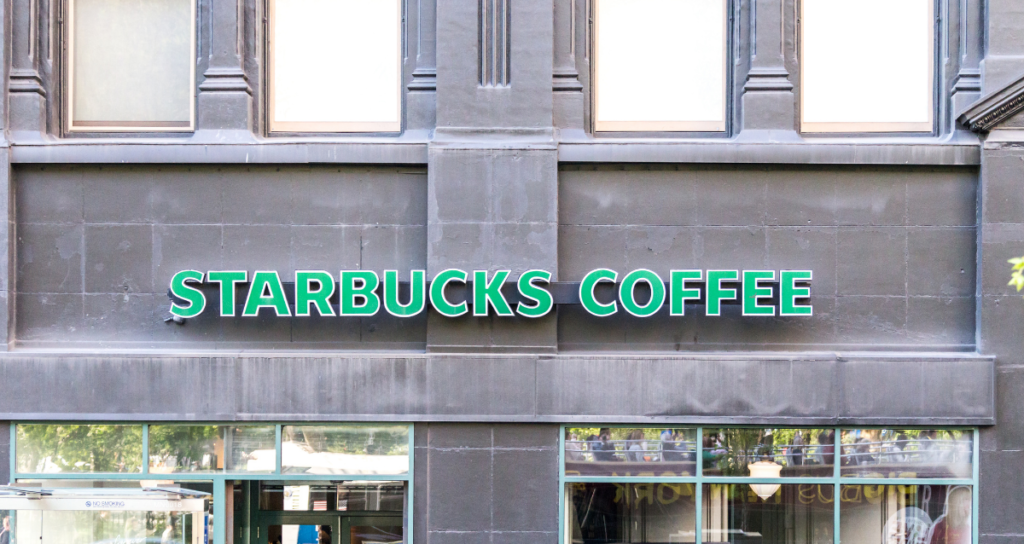As a dominant force in the global technology arena, Apple has achieved unparalleled market value. But how does their team effectively manage such an extraordinary company?
In the realm of global technology, Apple Inc. stands as an indisputable titan, not only for its staggering market value but also for its remarkable ability to efficiently manage a complex and sprawling organisation. At the heart of Apple’s exceptional management lies an unconventional organisational structure that prioritises innovation and grants significant autonomy to its various business units. This article explores the intricacies of Apple’s unique approach to organisational management, delving into the key elements that have propelled it to the forefront of the tech industry.
Financial Integration: A Radical Departure
One of the defining characteristics of Apple’s organisational structure is its approach to financial integration. Under the visionary leadership of the late Steve Jobs, Apple made a radical departure from traditional business practices by merging its financials into a single, unified framework. In most organisations, profit and loss are isolated for each department, resulting in a hierarchical approach to decision-making. However, Apple’s structural innovation broke down these barriers, allowing every business unit to maintain financial transparency while holding decision-making authority.
This strategic shift had profound implications. It meant that Apple’s departmental leaders had access to crucial financial data, empowering them to make informed decisions that were aligned with the company’s broader financial goals. This approach was pivotal in fostering a culture of responsibility and accountability across the organisation.

The Power of Autonomous Departmental Leaders
Central to Apple’s success is the role of departmental leaders who possess an in-depth understanding of their unit’s unique needs and challenges. These leaders are given significant autonomy to make critical decisions without the need for constant oversight from the CEO or human resources. This level of trust in departmental leaders creates an environment where business units can operate at their peak potential, unburdened by excessive bureaucracy.
The autonomy granted to departmental leaders extends to key areas, such as product development. For instance, Apple’s camera division enjoys the freedom to decide on incorporating an additional lens into a new iPhone model. However, this autonomy comes with the responsibility of considering factors like cost implications and customer preferences. This approach ensures that pricing barriers are minimised while maintaining the unit’s credibility for producing high-quality products.

Collaboration: A Synergy of Talents
At the core of Apple’s organisational philosophy is a deep belief in the power of collaboration. Apple recognizes that when skilled leaders and equally capable teams work together, they generate a collective intellectual prowess that results in substantial value creation. This synergy of talents is not just a buzzword but a fundamental aspect of the company’s ability to consistently deliver groundbreaking products and services.
Apple’s emphasis on collaboration goes beyond just the executive level. It permeates the entire organisation, from cross-functional teams working on product development to departments collaborating on marketing strategies. The company’s culture encourages employees to share their viewpoints openly and values diversity of thought. This approach ensures that decisions are well-rounded and consider a multitude of perspectives.
Informed Decision-Making: Knowledge Is Power
Apple places a premium on informed decision-making. The company operates on the principle that “leaders should be well-acquainted with their organisation three levels down.” This commitment to comprehensive information ensures that every decision aligns with the company’s exacting standards.
To put it into perspective, even the most intricate details of a project are not beyond scrutiny. Senior leadership at Apple takes a meticulous approach to reviewing and refining plans, ensuring that they meet the company’s rigorous standards for quality and innovation. This thorough examination of details is a testament to Apple’s commitment to excellence at every level of its operations.

A Culture of Open Communication
In addition to financial integration, autonomy, collaboration, and informed decision-making, another cornerstone of Apple’s organisational excellence is its culture of open communication. Apple fosters an environment where employees are encouraged to express their viewpoints openly and honestly. This culture of open dialogue extends from the executive suites to the assembly lines.
One distinctive aspect of Apple’s communication philosophy is the flexibility it affords. Employees are not only encouraged to voice their opinions but are also given the latitude to change their stance, provided that it aligns with the company’s core values and objectives. This flexibility in adapting to new ideas and perspectives ensures that Apple remains dynamic and responsive in a rapidly evolving tech landscape.
Structuring for Excellence and Innovation
Apple’s unconventional organisational structure is a symphony of financial transparency, autonomy, domain expertise, collaboration, and a culture of open communication. These elements combine to empower the company to nurture innovation, make informed decisions, and adapt swiftly in an ever-changing tech landscape.
Apple’s story of success transcends its iconic products. It is also a story of profound organisational management that sets a global benchmark in the tech industry. The company’s ability to structure itself for excellence and innovation serves as an inspiration for businesses worldwide, demonstrating that unconventional approaches to management can lead to extraordinary results.
As we navigate the complexities of the modern business landscape, studying Apple’s organisational excellence offers valuable insights into how innovation and autonomy can coexist within a structured framework, ultimately driving success and sustainability in the global technology arena.



































